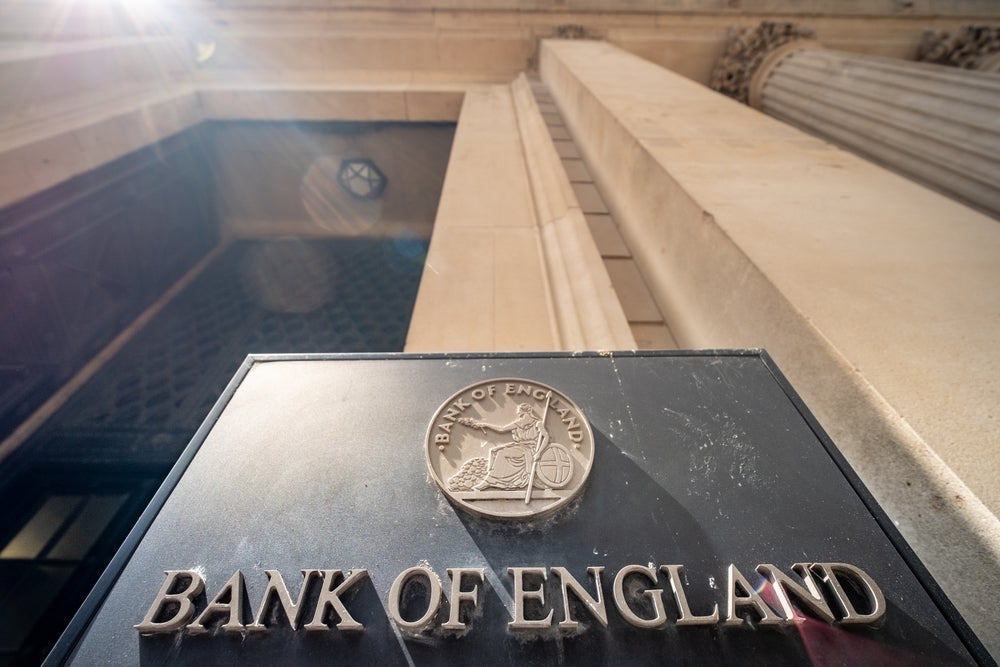Applying a monetary value to carbon emissions is being increasingly taken into account by major multinationals, according to a research by non-profit global environmental disclosure platform CDP.
The research found that 1,389 companies, including 100 of the Fortune 500 with collective annual revenues of USD $7tr, are factoring in carbon pricing into business plans compared to 150 companies in 2014. It also found that 75% of the energy and utilities sectors’ market cap is currently pricing carbon internally; this includes National Grid, EDF, Exelon Corporation, PG&E Corporation and E.ON SE.
International Finance Corporation (IFC) Climate Business director Alzbeta Klein said: “There is general agreement among economists, businesses and a growing number of governments that carbon pricing is one of the most effective strategies to help mitigate the impacts of climate change. A strong price signal directs finance away from high-emitting activities toward a suite of cleaner, more efficient alternatives.”
In 2017, 40 national and 25 regional governments already put a price on carbon covering about 15% of global greenhouse emissions. As 3,376 companies disclosed to CDP that they do not use internal carbon pricing, with no plan to adopt within the next two years, CDP expects that 800 are potentially at risk of carbon price exposure due to their sector and country. As data around carbon exposure continues to improve, investors may question the risk-preparedness of these companies for climate regulations.
CDP CEO Paul Simpson said: “We’re seeing a significant rise over last year in China, Mexico, Japan, Canada and the USA. Changing regulation is working on a global scale and in all regions we are seeing many businesses fast track the low carbon transition into their business plans.”
In Asia Pacific, China has made significant progress according to the CDP research by almost doubling the number of companies internalising carbon price from 54 to 102 since 2015. China plans to have the largest emissions trading system in the world by the end of this year. Also in the region South Korea already operates the first national Emissions Trading System in Asia.
How well do you really know your competitors?
Access the most comprehensive Company Profiles on the market, powered by GlobalData. Save hours of research. Gain competitive edge.

Thank you!
Your download email will arrive shortly
Not ready to buy yet? Download a free sample
We are confident about the unique quality of our Company Profiles. However, we want you to make the most beneficial decision for your business, so we offer a free sample that you can download by submitting the below form
By GlobalDataDespite uncertainty around environmental regulation in the USA and the new administration’s lack of commitment towards climate change policies, 96 companies now disclose compared to 29 in 2014, and 142 more are planning to do so by 2019. Canada has made efforts to improve by introducing regional carbon pricing systems to reach its 2030 climate goal. Latin American countries such as Chile, Columbia, Mexico and Peru have also committed to a green growth strategy and a carbon emissions market for the region in the future.
The Financial Stability Board’s Taskforce on Climate-Related Financial Disclosures (TCFD) recommendations, Carbon Pricing Corridors, and Science Based Targets initiatives are driving greater transparency, information and governance, which will also bring better management of risk and tracking of progress, Simpson explained.
Barclays head of European utilities equity research managing director and TCFD member Mark Lewis said that pricing carbon should help companies prove to investors that they are factoring environmental risk into their business strategies, but it is not the only key aspect.
“There needs to be more transparency as to how a company actually uses the price and whether it is seen as an important part of business decision-making and forecasting,” he said.






